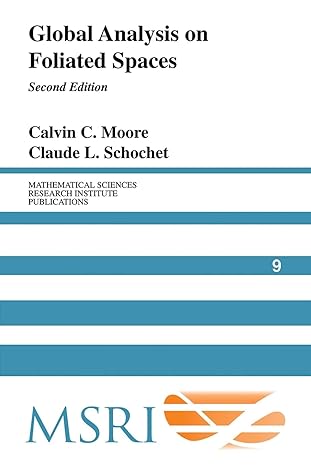Question
Suppose that the demand for a company's product in weeks 1, 2, and 3 are each normally distributed and the mean demand during each of
Suppose that the demand for a company's product in weeks 1, 2, and 3 are each normally distributed and the mean demand during each of these three weeks is 50, 45, and 65, respectively. Suppose the standard deviation of the demand during each of these three weeks is known to be 10, 5, and 15, respectively. It turns out that if we can assume that these three demands are probabilistically independent then the total demand for the three week period is also normally distributed. And, the mean demand for the entire three week period is the sum of the individual means. Likewise, the variance of the demand for the entire three week period is the sum of the individual weekly variances. But be careful! The standard deviation of the demand for the entire 3 week period is not the sum of the individual standard deviations. Square roots don't work that way!
Now, suppose that the company currently has 180 units in stock, and it will not be receiving any further shipments from its supplier for at least 3 weeks. What is the probability that the company will run out of units?
I already answered this question but my professor is now asking what if the suppliers timeline is 4 weeks and I am confused?
Step by Step Solution
There are 3 Steps involved in it
Step: 1

Get Instant Access to Expert-Tailored Solutions
See step-by-step solutions with expert insights and AI powered tools for academic success
Step: 2

Step: 3

Ace Your Homework with AI
Get the answers you need in no time with our AI-driven, step-by-step assistance
Get Started


